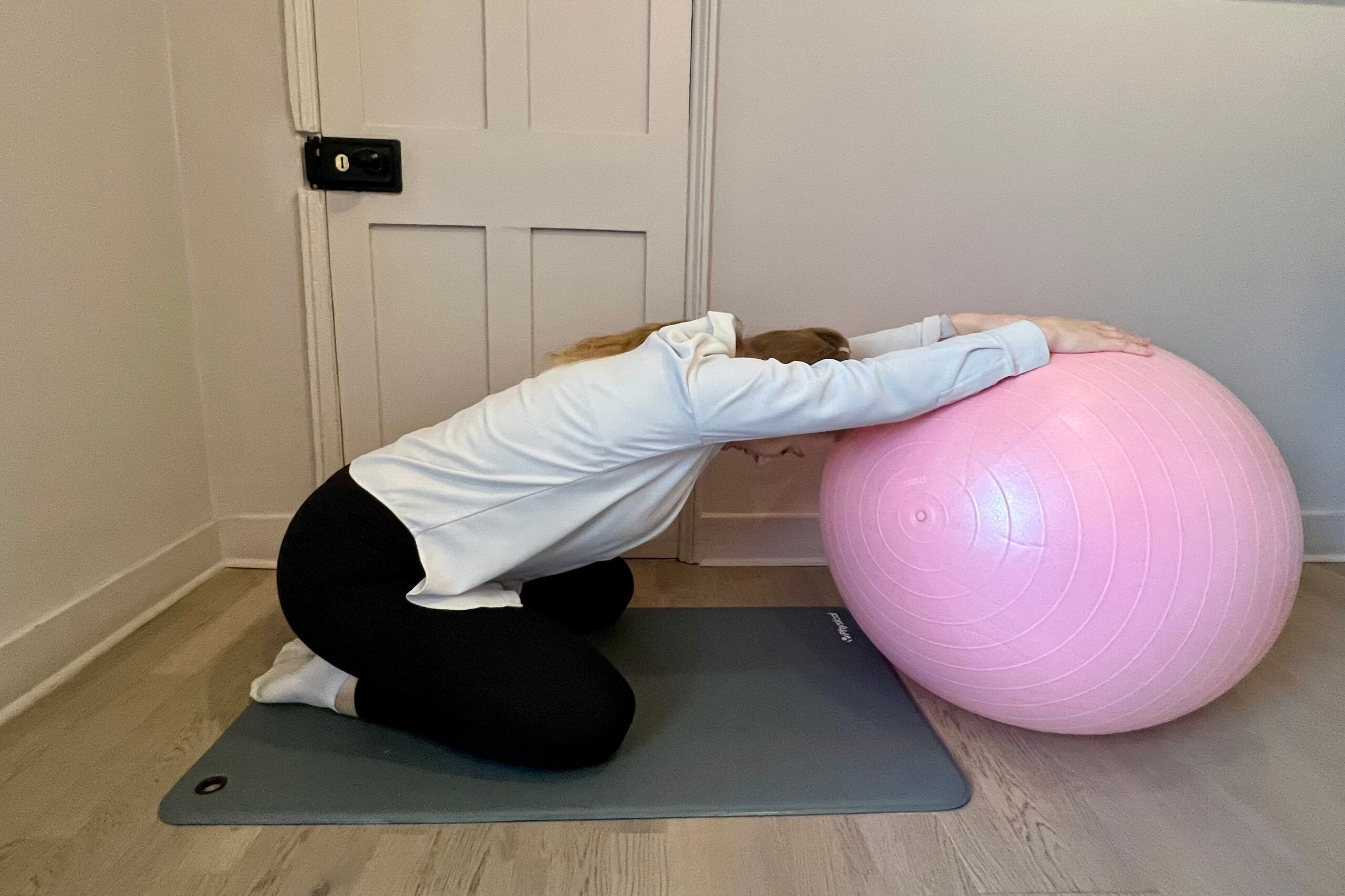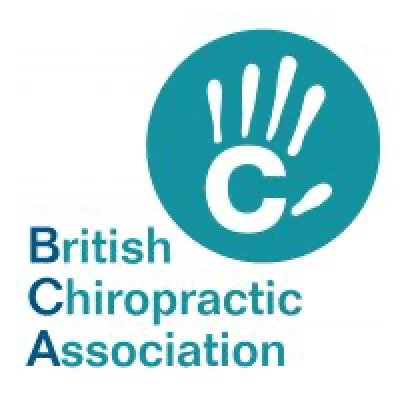Supporting your body through pregnancy
Exercise alongside regular chiropractic care can help to reduce or prevent common ailments in pregnancy such as back ache and pelvic girdle pain, and is a way of taking some time out for yourself and prioritising your needs.
Women at low-risk pregnancy are encouraged to keep active during pregnancy. If you have been active before pregnancy, you can carry on your pre pregnancy training, or if you are looking to start getting active it is sensible to gradually build how often you exercise and intense your activity levels are.
There are several research based benefits of exercise during pregnancy (1), these include:
- Reduced pelvic and lower back pain
- Improved mental well being
- Reduced risk of gestational diabetes and gestational hypertension and pre-eclampsia
- Reduced risk of preterm labour, prolonged labour and instrumental delivery
- Reduced risk of emergency C-section
What can you do?
Safe exercising during pregnancy includes walking, swimming, pregnancy yoga, pregnancy pilates, and strength training. If you ran on a regular basis prior to pregnancy, you can continue to do so as long as it feels comfortable for you (2). For any exercise, you should only do this if it feels right for you, and if you have not been advised against exercise by a medical professional. There are some circumstances in which exercise may be contraindicated during pregnancy, these include a shortened cervix, placenta previa, persistent bleeding and restrictive lung disease (3). If you wish to exercise but you have been told you have any of the aforementioned conditions, you should discuss suitability and safety of exercise or any alternatives with your health care provider.
Here are a couple of exercises to do in each trimester to support your body through pregnancy.
First trimester
Pelvic tilt
Lie flat on your back, and engage your deep core muscles by drawing your belly button inwards (towards your spine slightly), while flattening your spine against the floor, then relax. Hold for a breath in and out, Repeat 8 times
Video: http://youtu.be/44D6Xc2Fkek
Lower abdominal strength
Lie flat on your back, with your knees bent, and hand under your lower back. Lift one leg straight in the air so your foot is pointing towards the ceiling. Contract your deep abdominal muscles by drawing your belly button towards the floor, and flattening your back against your hand. Lift one leg straight in the air so your foot is pointing towards the ceiling. Hold the pressure against your hand while you lower the leg to the floor, and back to the start position. Do not let the back arch. Try to breathe normally throughout the exercise. This is a lower abdominal and deep core strengthening exercise. Hold this position for 3 seconds, repeat on both sides 8 times.
Video: http://youtu.be/amexhnSn1tI
Donkey Kick
Position yourself on all fours, with your hands under your shoulders and knees under your hips. Keep your spine flat and chin tucked in. Draw your tummy button inwards towards your spine. With your leg bent at the knee joint, extend your leg behind you. Imagine you are pushing your foot towards the ceiling. Hold this position for 3 seconds then return to the start position. Repeat 8 times on either leg. This is a great core, hamstring and glute exercise.
Video: https://youtu.be/GMyjx79sEWY
Second trimester
Hip Extension with Band
With an exercise band secured around your ankle, and the other end anchored to a fixed object in front of you, move the leg backwards to create resistance in the band. This exercise strengthens your gluteal (buttock) muscles, but also improves stability and balance of the opposite leg. Repeat 8 times on each leg.
Video: http://youtu.be/UHQt49fxraQ
Side Walk with Band
Wrap a band around the lower part of your legs, above your ankles. Step to one side and repeat as required. Repeat 8 times on each side.
Video: https://youtu.be/owcmPqkhAO4
Third trimester
Pelvic Floor Exercises Squatting
Stand with your feet wider than hip distance apart, turning them out slightly. Bend your knees as you lower your pelvis into a squat, keeping your heels on the floor if you can. Place your hands onto the floor. Use the wall to support your back if needed or squat onto a low stool. Once in this squatting position inhale and lift your pelvic floor muscles, drawing them up towards your naval. Hold them tight while exhaling and inhaling once. Then release them gradually with your next exhalation. Repeat this 10 times. This is not suitable if you have had a cervical stitch, varicosities or your baby is breech after 34 weeks. This exercise can help relax and strengthen your pelvic floor muscles helping to prevent prolapse.
Video: http://youtu.be/eiOBQfw9xOM
Yoga Shoulder Stretch with Pregnancy Ball
Sit on your heels with your arms on a Swiss ball. Gently stretch your arms out by rolling the ball forwards. Breathe deeply. Drop your shoulders down your back while keeping your elbows straight and your hands light. Release your lower back by lengthening it towards your heels. This exercise stretches and releases your chest muscles and shoulders and helps with breathing. This exercise may also help relieve symptoms of heartburn and back pain.
Hold for 30 seconds or as long as you feel comfortable, Repeat 3 times
Video: http://youtu.be/odlPDfjh1Kk
Clam with Band
Lie on your side, with both knees bent, and place an exercise band around your thighs just above your knees. Keeping your feet together, open your knees, like a clam, hold, and return to the start position. If you find the exercise too tough, go back to the clam without resistance, or lengthen the exercise band. This is a good strengthening exercise for your gluteal (buttock) and outer thigh and hip muscles and can help with pelvic girdle pain. Hold each rep for 3 seconds, and repeat 8 times on both sides.
Video: https://youtu.be/4T2P_-MV9g0



































